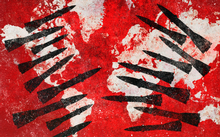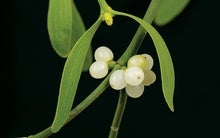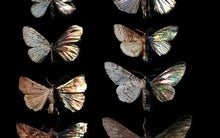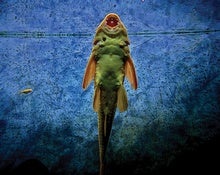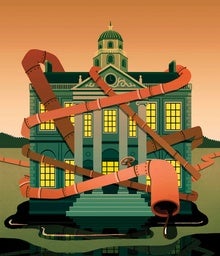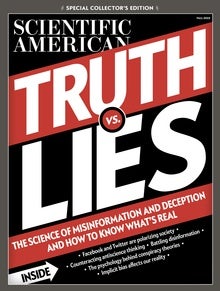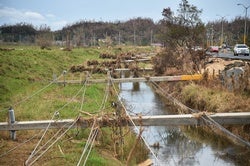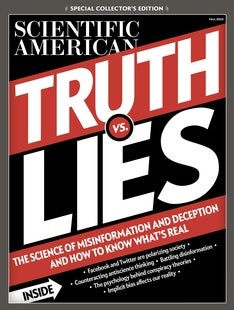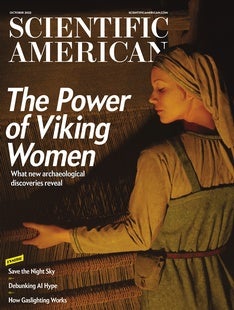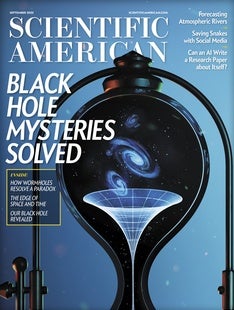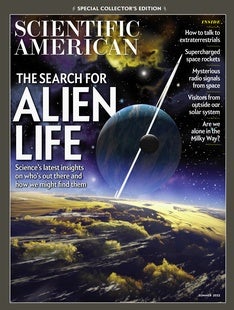 |
| October 04, 2022 |
Dear Reader,
Five years after Hurricane Maria devastated Puerto Rico, Hurricane Fiona struck the island. In the wake of these and other disasters, engineers are trying to make Puerto Rico's power grid more resilient—and renewable energy sources can help. |
| | Sophie Bushwick, Associate Editor, Technology | |
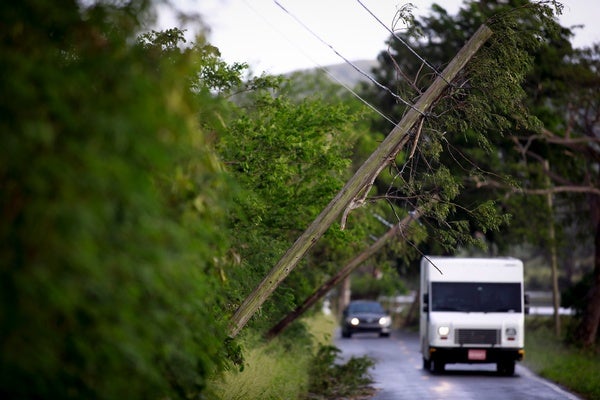 |
| |
| |
| |
| |
| |
| |
| |
| |
| |
| |
FROM THE STORE
 | | | |
| QUOTE OF THE DAY
 "No one knows if using a tactical nuclear weapon would trigger full-scale nuclear war. Nevertheless, the risk of escalation is very real. Those on the receiving end of a nuclear strike are not likely to ask whether it was tactical or strategic." Nina Tannenwald, Scientific American | |
FROM THE ARCHIVE
 | | | |
LATEST ISSUES
 |
| |
| Questions? Comments?  | |
| Download the Scientific American App |
| |
| |


.png)


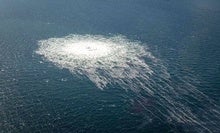
.jpg)

